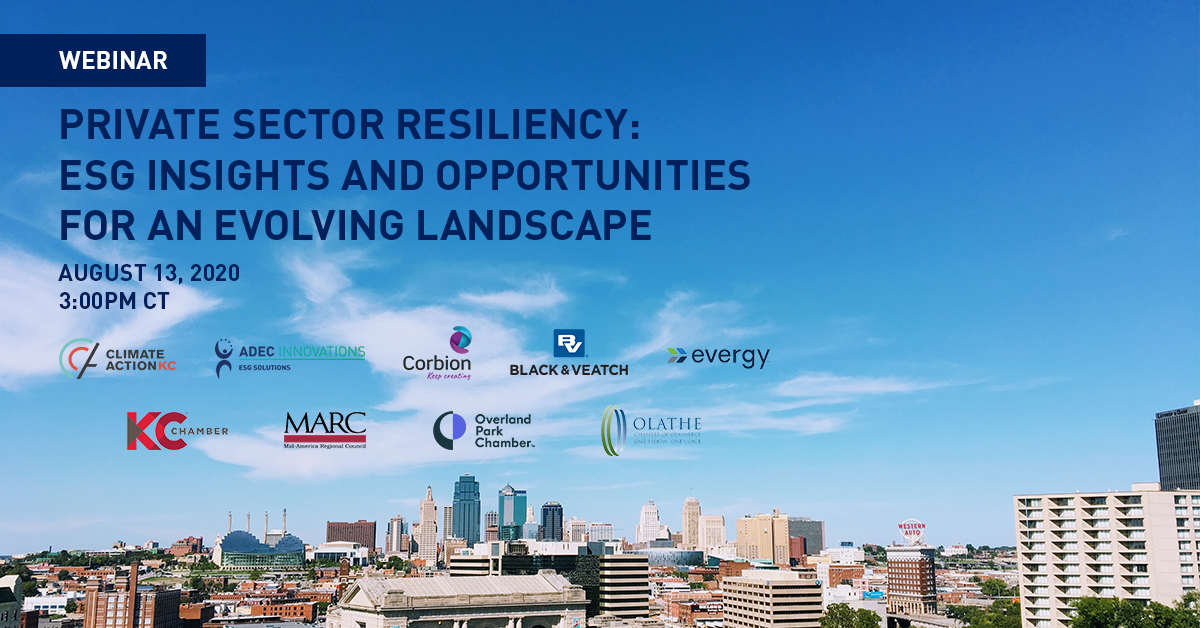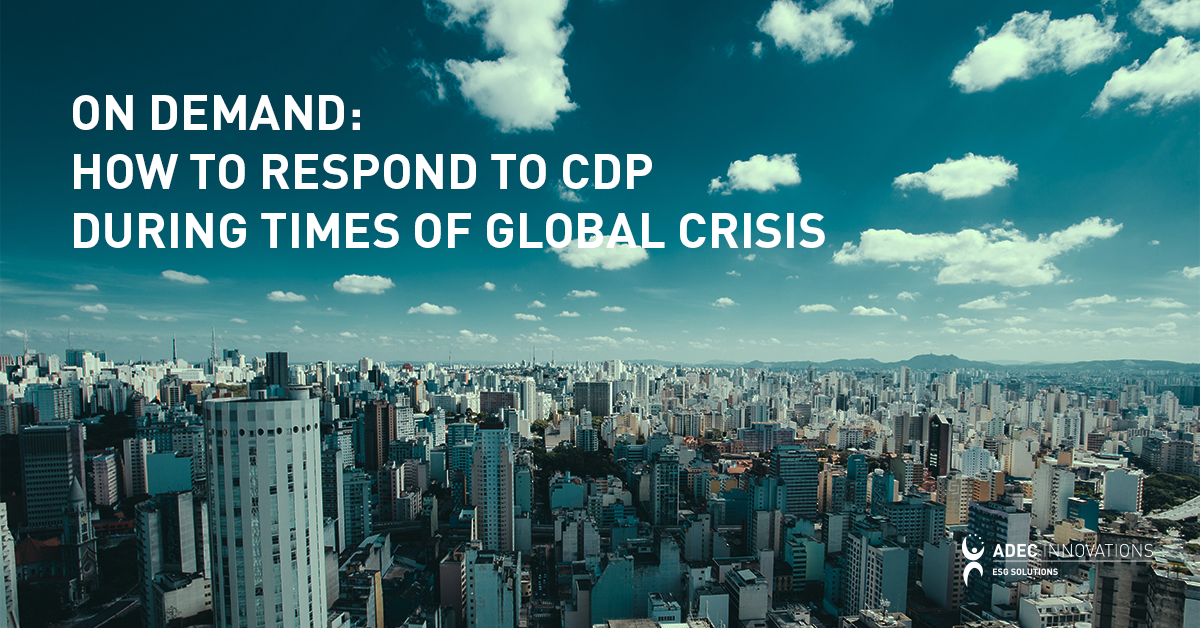Background into Risks and Opportunities (Part 1)
According to the Dow Jones Sustainability Index (DJSI), “Corporate Sustainability is a business approach that creates long-term shareholder value by embracing opportunities and managing risks deriving from economic, environmental and social developments.” How we identify the drivers, and manage risks and opportunities plays a big role in influencing corporate sustainability.

By Wendy Ye
August 30, 2016
According to the Dow Jones Sustainability Index (DJSI), “Corporate Sustainability is a business approach that creates long-term shareholder value by embracing opportunities and managing risks deriving from economic, environmental and social developments.” How we identify the drivers, and manage risks and opportunities plays a big role in influencing corporate sustainability.
There are four main types of risks that are exposed to companies: strategic risks, operational risks, financial risks and compliance risks. However, dependent upon geographic region, business and business environment, every company has unique sources of risks and opportunities.
Despite those common drivers, there could be several starting points to identify corporate-specific drivers in, for example, regulations and financial performance. Companies with little understanding about their own corporate-specific risks and opportunities may want to get reference from general cases. For instance, a survey conducted by World Economic Forum surveyed more than 13,000 executives in 140 economies to select the top 5 global risks that they consider as the highest risk for business. The result (Figure 1) shows that high-level corporate leaders draw most attention to water and climate change risks. You may want to assess whether your company is potentially impacted by these risks.
 Figure 1: The Top Five Global Risks of Highest Concern for the Next 10 years (World Economic Forum, 2015)
Figure 1: The Top Five Global Risks of Highest Concern for the Next 10 years (World Economic Forum, 2015)
Source: Global Risks Perception Survey 2015, World Economic Forum
Researching risks and opportunities that are present to your peers, competitors and industry group may also give you some insight to the drivers. For example, the food and beverage industry is very vulnerable to water scarcity, climate change-related agriculture issues and food safety risks. For the pulp and paper industry, issues of water pollution, deforestation and chemicals are common concerns.
Stay tuned for 'Part 2' of 'Background into Risks and Opportunities' later this week.
FirstCarbon Solutions (FCS) fully integrates business intelligence consulting, software and program management with unmatched expertise in back office data processing to put you on the page to sustainable efficiency. Our unique industry perspective empowers you to understand your sustainability strengths, weaknesses and opportunities in sustainability. For more information on global trends in risks and opportunities, subscribe to our monthly newsletter, GreenWatch.
Related Articles
Sustainability, Risks and Opportunities, Risk and Opportunity Management
By Adrienne Garcia on August 6, 2020
Risk and Opportunity Management | ESG | sustainable business | Business resiliency
By George Lu on June 18, 2020
CDP | Risk and Opportunity Management | ESG | COVID-19
By George Lu on June 6, 2020
Sustainability | CDP | Sustainability Reporting | Scenario Analysis | TCFD
Be a sustainability leader.
Our team supports you no matter where you are on your Sustainability Journey. Talk to us today to learn more.





